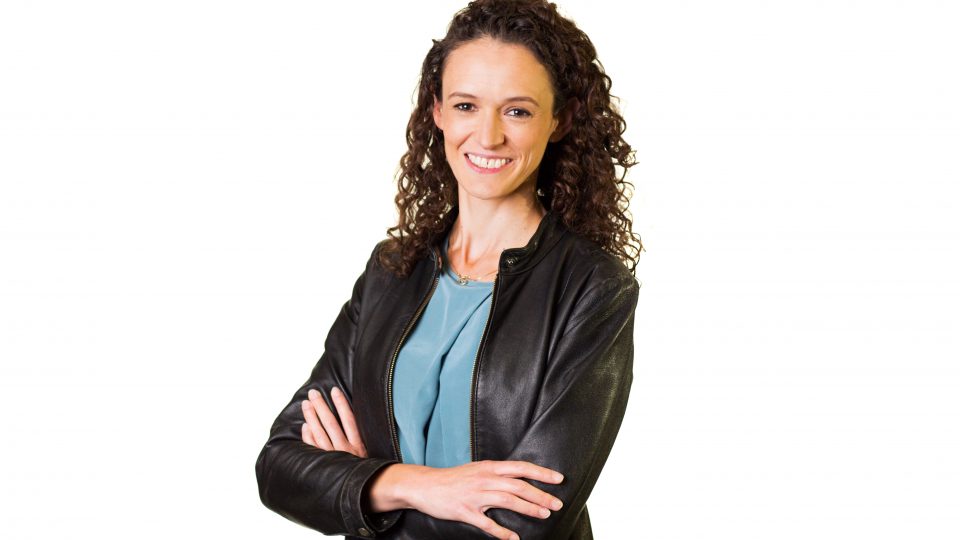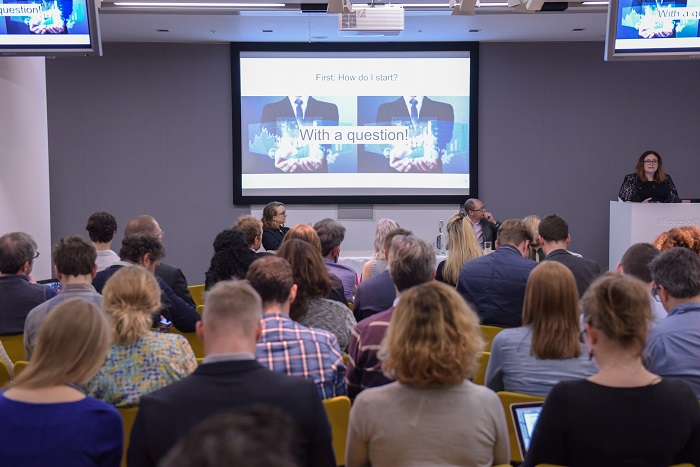The pandemic forced change upon the media industry. It was during this crunch time that newsrooms had to figure out new strategies for their business models, audience engagement and ways of working.
However, getting projects off the ground can be difficult without effective buy-in from your colleagues. The other issue is that grand plans can quickly run out of steam if they are not well thought out.
Jane Barrett, global editor of media news strategy at Reuters, delivered a keynote speech at the Newsrewired conference this week (18 May 2021), shedding light on how newsrooms can drive change from start to finish.
She led a mass change in 2016 to build multimedia capabilities into Reuters global newsgathering and production systems. These are the tried-and-tested methods she relied on to envision and execute that transformation.
Shape the story
Journalists are taught to use use the five Ws (and one H) for their stories: who, what, when, where, why and how. Barrett believes the trick to approaching change is in one of the Ws: why.
“You are actually trying to change people, and their hearts and minds. You’ve got to get people to come on this journey of change with you,” she explains.
Buy-in from bosses and colleagues happens when people understand why something matters, what the big picture is, and how something might affect the audience.
When tasked with transformation, a significant amount of time is spent on research and idea generation. However, if these are not clearly communicated, the journey may end before it even begins.
Start by simply mapping out your potential journey: what the current scenario is, and what it should be transformed into. This was at the core of Reuters’ multimedia transformation.
“It went from everybody planning separately to having a central planning tool; from everybody trying to please bosses to pleasing audiences,” she recollects, adding that this is an opportunity to firmly lay down the foundation for a bigger picture.
Define who do you need to get on board
Barrett divides newsroom employees into four broad categories: leaders, thinkers, doers, and blockers.
Sometimes the very best thing you can do to a blocker is to smile and ignore them.
Jane Barrett
Leaders are those who immediately embrace new ideas, demonstrating a desire to be a part of the process. Thinkers are people who do not necessarily take action right away but still contribute ideas and input to the process. Doers are those who monitor the process and ensure that the right things are done on time. Blockers are those who resist change and are dismissive of new ideas.
“Sometimes the very best thing you can do to a blocker is to smile and ignore them. Don’t try hard to convince them to get on board. Once the train starts moving – if it is moving in the right direction – they will jump on board or be left behind,” she says.
Then ones who decide to come on the journey with you can become powerful allies, but those too stubborn to change are better left at the station.
Next, list people who have the power to influence the project, including people who are simply supporters of the idea. Bringing them on board of the change process.
Engage hearts and minds
The ‘DVP’ method is the final tool for effecting change.
D: dissatisfaction. When leading change, it is important to ‘create’ dissatisfaction. Point out the flaws of the existing system, and really establish why a transformation is needed.
V: vision. Focus on the vision. Make certain that those who will be expected to participate in the process understand what they are aiming for. Visualising the end result goes a long way toward ensuring motivation to see the process out.
P: process. Lay out the process and hammer out finer details. Your task is to overcome the source of dissatisfaction to fulfil the vision.
“If you just show people how bad things are, and how good things should be, but leave them without a roadmap, you lose momentum really quickly,” she says.
“Tap into the excitement of new beginnings in the newsroom – it’s like moving houses. While it might be exhausting to pack things into boxes, transport them, and deal with lawyers; setting up a new place, decorating it according to your style, has an excitement of its own. Tapping into that excitement will give you the motivation you need.”
This article was originally published on Journalism.co.uk.



